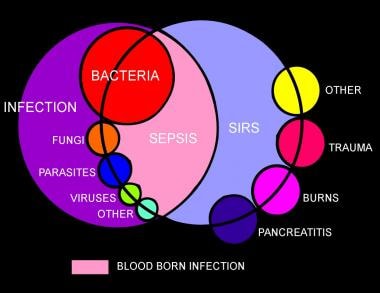A first glance at the results of the “severely ill big data study” that was launched two years ago and that have been presented during the Community Symposium, held in August at Stanford (pics and contents are from
this video and
this other one).
There is an alteration in cortisol production, with a low level early in the morning and an higher than normal level as time passes by (figure 1).
Figure 1. There is a distruption in cortisol secretion in patients vs controls, with low cortisol early in the morning and a slight increase later on.



